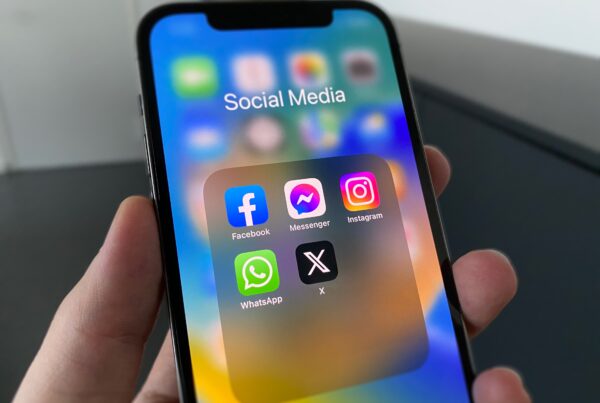For this week’s best practice, we’ll be focusing on defining your target audience for a digital ad campaign. A clear definition of your key audience will set any ad campaign up for success. Read on for our second installment in our Best Practices series, which was created to provide our best tricks of the trade when it comes to creating a strong presence on social media for ourselves and our clients. If you missed Best Practice #1: Keep Messaging Clear and Brief, click here.
Define your target audience
A huge aspect of Facebook and Google’s rise to prominence is their power as advertising tools. These platforms allow us to target precise audiences and receive comprehensive performance data. It’s best to identify the audience(s) you are trying to reach before developing the messaging and strategy behind social media campaigns. Your target audience should directly alter the words and imagery you highlight within paid ad content. It may be helpful to generate organic content with this same mindset, knowing engagement relies on resonating with some subsection of your full community.
Note: The following tips are specific to Facebook’s Ad Manager experience, but are often transferable to other platforms like Google AdWords, Twitter and LinkedIn.
Creating an audience
Whether ‘boosting’ an organic post directly through the normal Facebook experience OR setting up ads from scratch in the Ads Manager, Facebook’s platform allows multiple targeting criteria:
- Location: You can include AND/OR exclude by city, ZIP, county, state, country, etc. You can also place a ‘pin’ and advertise within a certain mile range of that epicenter. You cannot draw a custom perimeter or target an individual area smaller than 1 mile.
- Age: While you can target anyone between 13-65+, it is beneficial to be as specific as possible. This specific audience might merit a separate piece of content with tailored messaging. It’s also worth considering whether to cut off targeting at age 64, because the performance data provided by ‘65+’ is too vague.
- Gender: It might be worth having custom messaging for male and female audiences. Keep in mind that a certain portion of Facebook users have chosen to not share their gender with the platform or fall outside of traditional gender roles. This category can be most useful when choosing a target gender AND a defining demographic characteristic like ‘Parent (All)’.
- Demographics: In general, it’s best to utilize ‘Demographic’ characteristics instead of ‘Interest’ characteristics. Demographic characteristics are more solid and broad, whereas Interest characteristics are vaguely defined by the platform.
- Interests: Facebook does not make clear how individual interest categories are populated. There may be a category for a specific organization whose followers’ interest you OR there may not. There may be many variations of an interest (Example: “renewable energy,” “sustainable energy,” “energy conservation”), but it will not be clear how much overlap there is among these audiences nor how many are specifically within your target location. Keep an eye on the dial to the right of the screen as it populates and updates with the criteria you’ve chosen. Your ‘Potential Reach’ is the total audience who fit your criteria. Your daily reach estimation is a more accurate figure of your expected results based on the budget and limitations you’ve selected.
- Connections: When in doubt, advertise to ‘People who like your Page and their friends.’ We know this bucket of people is at least passively more likely to be interested than a general audience. Alternatively, make sure to EXCLUDE people who already like your page when advertising for new followers.
Custom Audiences
Also known as “remarketing ads,” Custom Audiences are the next level of Facebook advertising and not always appropriate for organizations with low engagement and web traffic. These types of ads target members of your audience who’ve interacted with your business in the past. They might be former or current customers, or someone who engaged with your Facebook Page or visited your website.
With the help of tools such as Facebook Pixel, businesses get a sort of “second chance” to win over leads who already know who you are. Here’s a snapshot of what you can use to create a Custom Audience, including a customer file such as your email list:
To get started with custom audiences, you’ll want to set up a Facebook Pixel on your website AND/OR prepare a customer email address file for upload. Facebook is able to match email addresses to profiles as long as users use the same address to log into the platform. It’s also possible to define audiences purely based on Facebook activity like an event RSVP without further required data.

Lookalike audiences
Similar to Custom Audiences, Lookalike Audiences empowers Facebook to match a source of data with similar people on the platform. This audience may be based on information from your Facebook Pixel, mobile app or fans of your Facebook Page. You can target a Facebook audience that resembles your most loyal customers or people who have already engaged with your ad campaigns. You can also choose the size of a Lookalike Audience during the creation process. Smaller audiences more closely match your source audience. Creating a larger audience increases your potential reach but reduces the level of similarity between the Lookalike Audience and source audience.







